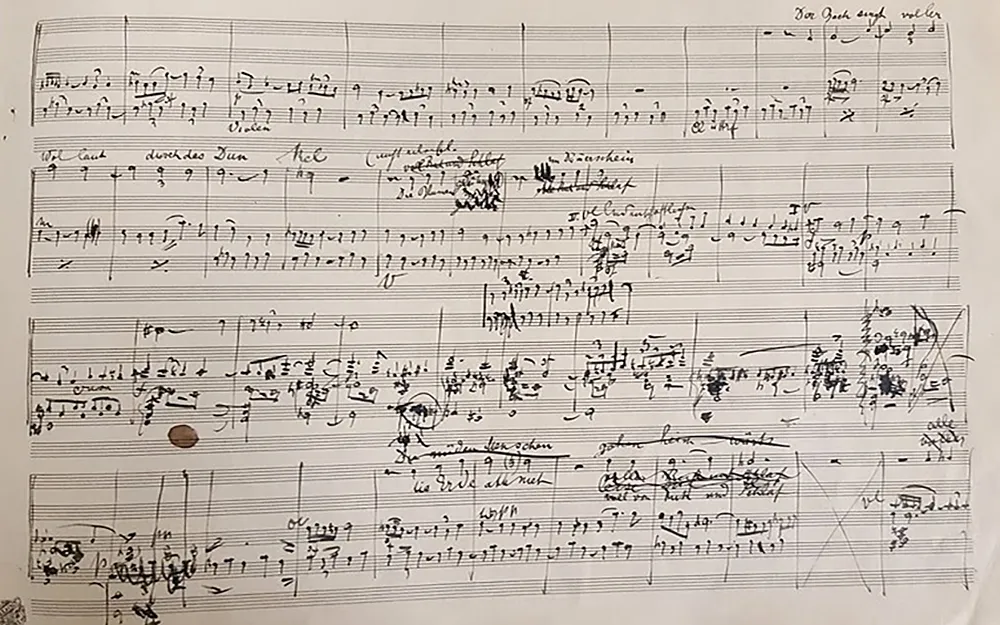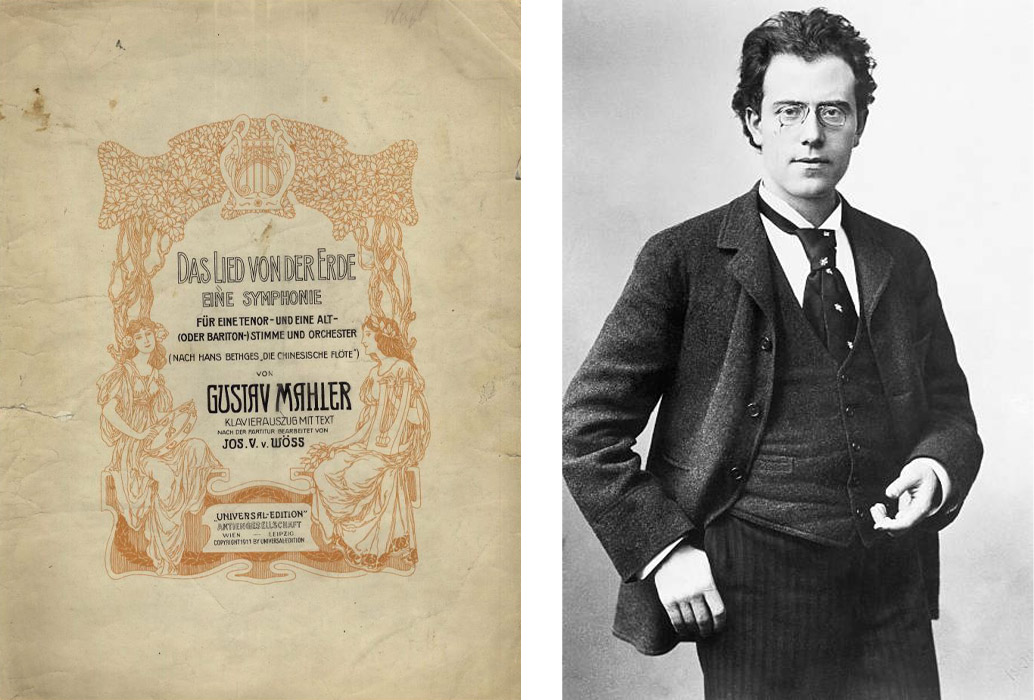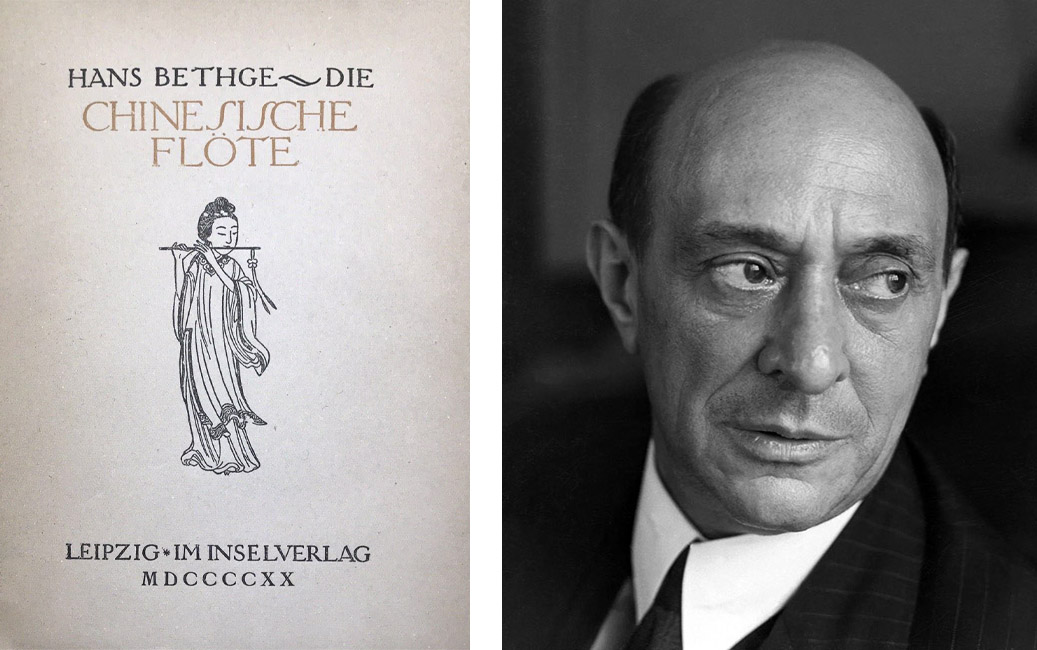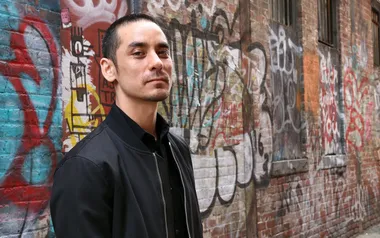Blog
OCTOBER 9, 2024
Unwrapping Das Lied

I confess to being an ignorant violinist.
I didn’t listen to my mom’s music theory lessons, an ignoble indifference I continued through music school. While I found some historical context to be interesting, my focus was almost entirely on playing in tune and catching up to classmates who’d already spent years in world-class pre-college programs such as Juilliard. That, and drinking beer and playing bass guitar with my friends in our college band, Exhibit A…
I suppose that it’s completely unrealistic to expect 19-year-olds to relate to the stories of profound melancholy that suffused the life of Sibelius, or what it was like for Shostakovich to live in constant fear of being sent to the gulag, or for Brahms to deal with the incredible pressure that came with being the anointed heir to the tradition of Beethoven.
As I’ve gotten older, I’m now just as intrigued by the stories behind the music as the music itself. I guess this is one of the benefits of getting older; gathering enough life experiences to see more clearly how great art is never created in a vacuum. The great composers always use their mastery of tradition as starting point for personal expression, then use that as rocket fuel to send us into the heavens with extraordinary moments that can only be described as divine.

Mahler’s Das Lied von der Erde (The Song of the Earth) is that kind of piece. Like all great art, it tantalizes us on its surface with dazzling virtuosity, ingenious orchestrations and melodies, and harmonies that turn on a dime as the poetry depicts scenes of separation, loneliness, and ultimately redemption.
The circumstances of Das Lied’s composition were unbearably difficult for Mahler, who was dealing with the death of his daughter, a grim diagnosis of a heart defect, and recent termination of his leadership of the Vienna State Opera due to the virulent antisemitism of the time. And yet Mahler always somehow comes through the clouds, reconciling his fatalism enough to show us that the sun can still come out.
“I have been going through so many experiences for the last year and half,” Mahler wrote in 1909 to Bruno Walter, who would later conduct the posthumous premiere of Das Lied in 1911, “that I can hardly discuss them. How should I describe such a colossal crisis?... Yet I am thirstier than ever for life and I find the ‘habit of living’ sweeter than ever.”
The libretto for Das Lied draws from The Chinese Flute, Hans Bethge’s very loosely translated collection of Tang Dynasty poems published in 1907. It’s fair to say that these poems almost seem to be more a European creation, the product of numerous translations and what Bethge described as Nachdichtungen (“Paraphase poems”).

Arrangement for chamber orchestra
45th Parallel’s performance adds another fascinating layer of history by performing Arnold Schoenberg’s arrangement of Das Lied for 16 players, part of his legendary Society for Private Musical Performances in 1920s Vienna.
Schoenberg founded the Verein für musikalische Privataufführungen in 1918. The organization was created in response to the hostile reception modern music often received from the general public, providing a space where contemporary works could be heard in a more controlled, supportive environment.
The concerts were private and only open to members of the society. Audiences were carefully selected, and critics and journalists were not allowed, ensuring that the performances were free from public and media scrutiny.
The Verein operated until 1921, when it was forced to close due to financial difficulties brought on by the economic hardships of post-World War I Austria. Despite its relatively short lifespan, it played a crucial role in promoting contemporary music and fostering a community around new musical ideas.
Schoenberg began arranging Das Lied von der Erde for a smaller chamber ensemble in 1921 as part of his efforts to adapt large-scale works for more intimate settings, in line with the goals of his Verein. The reduced orchestration would make the work more accessible for smaller performance venues, and more practical during the post-World War I economic downturn.
Schoenberg’s arrangement was left unfinished, but it was later completed by composer Rainer Riehn in 1983. Riehn's version preserves the transparency and essence of Mahler’s music while adapting it for a chamber orchestra, consisting of fewer instruments compared to the original large symphony orchestra.
In conclusion…
Masterpieces such as Das Lied give us an opportunity to understand the psychology of the artist and the environment within which the work is created. Because of the context of history, we now understand why harmonic and rhythmic traditions were being pushed to their breaking point in early 20th century Europe, one that was on the brink of two world wars.
Das Lied is a sonic time capsule of that time and place, expressed through the creative genius of an artist who knew that the end was near. And I can’t wait to hear it performed by my fabulous colleagues in my current band ;)
We invite you to join us on October 22nd for Das Lied von der Erde by Gustav Mahler.
Das Lied von der Erde
Tuesday, October 22, 2024
7:00-8:00 PM @ First United Methodist Church
Click here for ticket info
Ron Blessinger
Violinist, 45th Parallel Universe
Don’t forget to share this post!
YOU MAY ALSO LIKE…

Take Me to the River
On April 30th, 45th Parallel will perform Treasured Resources: Water and Music, featuring the world premiere of Waterways by Columbia Riverkeeper composer…

Poulenc was my OG
For those of you who might not be aware, OG is an acronym for Original Gangster. Originating in the 1970s, OG was used to describe a gang member specifically from…

Groovin’ with Andy
I’ve never been comfortable with the traditional idea of what a violinist is or should be. Maybe it’s that I always felt like I was playing an unwinnable game of…